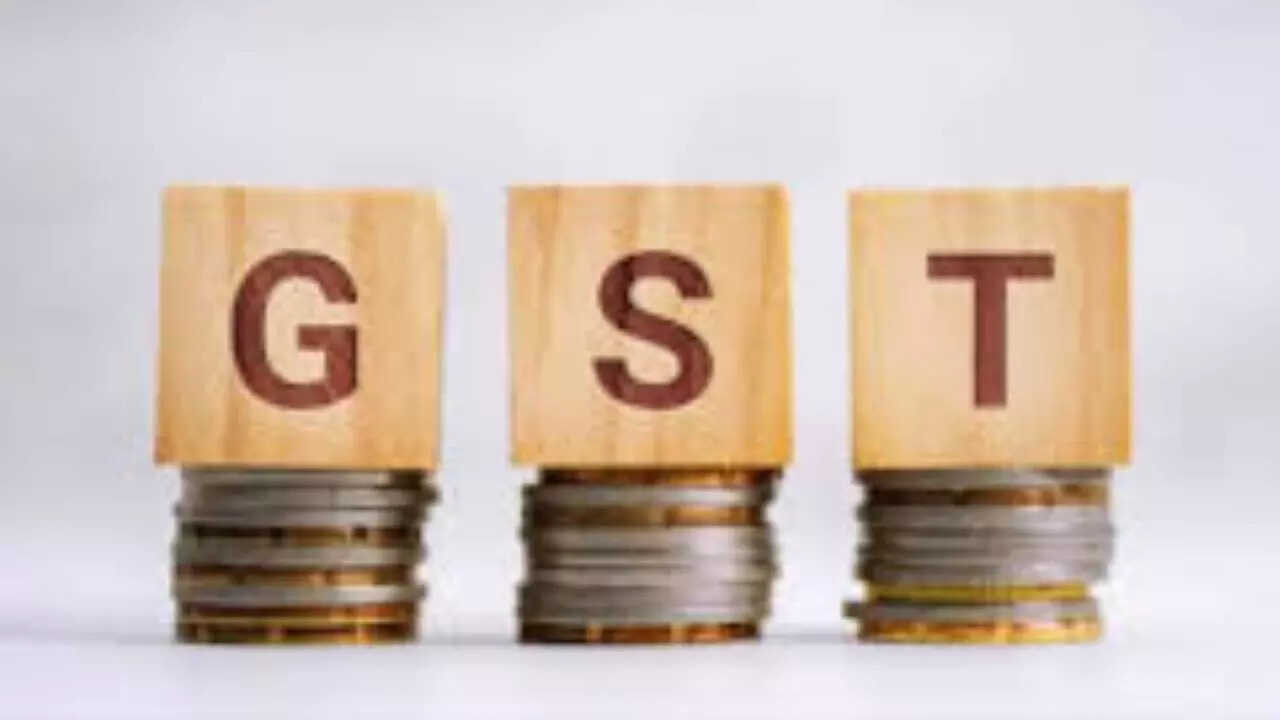Riding the Economic Wave: Navigating India’s Q1 Numbers and the Fed’s Next Move
The first quarter numbers are in, painting a fascinating, albeit complex, picture of the Indian economy. It’s a canvas splashed with vibrant growth in some sectors, tempered by cautious restraint in others. And looming large on the horizon is the ever-present influence of the US Federal Reserve, whose next interest rate decision could either propel us forward or force us to brace for impact.
India’s economic momentum is undeniable. Several sectors have shown robust expansion, hinting at underlying strength. But this growth isn’t uniform. Some areas are experiencing headwinds, whether from global economic pressures, supply chain disruptions, or shifting consumer behavior. It’s a story of nuanced progress, demanding careful analysis rather than broad generalizations.
Unpacking the Q1 Numbers: A Sector-by-Sector Glance
So, what exactly are these Q1 numbers telling us? The devil, as always, is in the details. We’re seeing encouraging growth in manufacturing, boosted by government initiatives and increased domestic demand. The services sector continues its upward trajectory, fueled by the digital economy and a growing middle class. Agriculture, while still subject to the vagaries of the monsoon, has shown resilience.
However, certain sectors are flashing warning signs. Rising input costs are squeezing profit margins for some businesses, impacting their ability to invest and expand. Global trade uncertainties are casting a shadow on export-oriented industries. And inflation, while showing signs of moderation, remains a concern for policymakers and consumers alike.

Understanding these sectoral nuances is crucial for making informed investment decisions and shaping effective economic policies. A one-size-fits-all approach simply won’t cut it in this environment. We need targeted interventions and proactive strategies to address the specific challenges facing each sector.
The US Fed’s Shadow: Interest Rates and Their Impact
Now, let’s turn our attention to the elephant in the room: the US Federal Reserve. The Fed’s monetary policy decisions have a ripple effect across the global economy, and India is no exception. Their upcoming interest rate announcement is being closely watched by investors, economists, and policymakers alike.
Why all the fuss? Well, rising interest rates in the US can lead to capital outflows from emerging markets like India, putting downward pressure on the rupee and potentially fueling inflation. A stronger dollar also makes imports more expensive, further exacerbating inflationary pressures.
Conversely, a more dovish stance from the Fed – perhaps signaling a pause or even a cut in interest rates – could provide a boost to the Indian economy. It could attract foreign investment, strengthen the rupee, and ease inflationary concerns.
The Fed’s decision hinges on a complex interplay of factors, including US inflation data, employment figures, and overall economic growth. Predicting their next move is akin to reading tea leaves, but understanding the potential implications is absolutely essential for navigating the current economic landscape.
Navigating the Uncertainty: Strategies for Growth
So, what can India do to mitigate the risks and capitalize on the opportunities presented by this complex economic environment? The answer lies in a multi-pronged approach.
First, we need to continue focusing on structural reforms to improve the competitiveness of our economy. This includes simplifying regulations, investing in infrastructure, and promoting innovation.
Second, we need to strengthen our domestic demand to reduce our reliance on external factors. This can be achieved through measures such as tax cuts, infrastructure spending, and social welfare programs.
Third, we need to manage our fiscal deficit responsibly to maintain investor confidence and avoid excessive borrowing.
Finally, we need to closely monitor global economic developments and be prepared to adapt our policies accordingly. The global economy is constantly evolving, and we need to be agile and responsive to changing conditions. Addressing India’s economic performance in light of the current global financial climate requires careful navigation.
Ultimately, the path forward requires a combination of strategic planning, proactive policy making, and a healthy dose of resilience. The Indian economy has demonstrated its ability to weather storms in the past, and with the right approach, we can navigate the current challenges and emerge stronger than ever.
Slug Suggestion: india-q1-numbers-fed-impact






